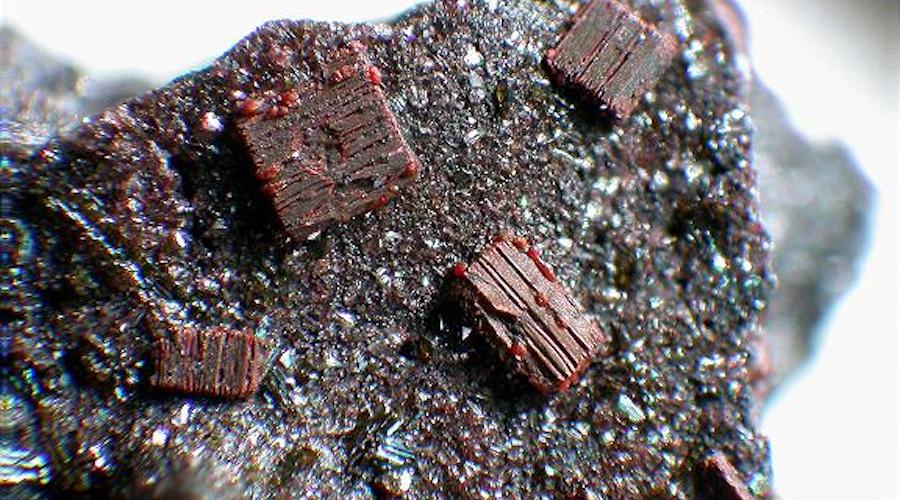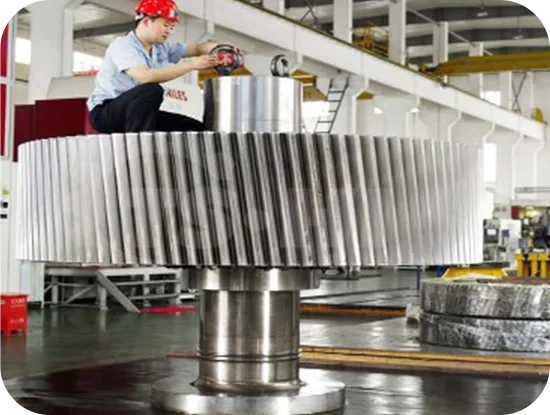
Rare earth metals play a crucial role in various industries, from electronics and renewable energy to defense and healthcare. However, the process of extracting these valuable elements is intricate and requires specialized techniques. In this blog post, we will delve into the fascinating world of rare earth metal extraction, exploring the methods used and their significance in today's technological advancements.
- Understanding Rare Earth Metals:
Rare earth metals are a group of seventeen elements, including lanthanum, cerium, and neodymium, known for their unique magnetic, optical, and catalytic properties. These elements are essential for the production of high-performance magnets, batteries, lasers, and many other advanced technologies. - Geological Exploration:
The first step in extracting rare earth metals is identifying potential deposits. Geological surveys and remote sensing techniques are employed to locate areas with high concentrations of these elements. Once a potential deposit is identified, further exploration is conducted to assess its economic viability. - Mining Techniques:
Rare earth metals are typically found in complex mineral ores, making their extraction challenging. Two primary mining methods are commonly used: a. Open-pit Mining: This method involves excavating the ore from the surface, using heavy machinery and explosives. It is suitable for deposits located near the surface and allows for efficient extraction of large quantities of ore. b. Underground Mining: When deposits are located at greater depths, underground mining becomes necessary. This method involves creating tunnels and shafts to access the ore, ensuring worker safety and minimizing environmental impact. - Ore Processing:
Once the ore is extracted, it undergoes a series of processing steps to separate the rare earth metals from other minerals. The process typically involves the following stages: a. Crushing and Grinding: The ore is crushed into smaller particles and ground to a fine powder, increasing its surface area for subsequent chemical reactions. b. Froth Flotation: This technique utilizes the differences in surface properties of minerals to separate them. Chemical reagents are added to the powdered ore, creating a froth that selectively attaches to rare earth minerals, allowing their separation from the gangue. c. Acid Leaching: The froth concentrate is then subjected to acid leaching, where it is dissolved in a strong acid solution. This process selectively dissolves the rare earth metals, leaving behind impurities. d. Solvent Extraction: The dissolved rare earth metals are extracted from the acid solution using organic solvents. This step helps purify the metals and remove any remaining impurities. e. Precipitation and Calcination: The extracted rare earth metals are precipitated from the organic solvent and further processed through calcination to obtain the desired pure compounds. - Environmental Considerations:
Rare earth metal extraction can have significant environmental impacts due to the use of chemicals and the generation of large amounts of waste. However, advancements in technology and stricter regulations have led to the development of more sustainable practices, such as recycling and reducing the use of harmful chemicals.
Conclusion:
The extraction of rare earth metals is a complex and vital process that underpins numerous industries. From mining techniques to ore processing, each step requires precision and expertise. As the demand for rare earth metals continues to grow, it is crucial to balance the economic benefits with environmental sustainability. By understanding the intricacies of rare earth metal extraction, we can appreciate the significance of these elements in driving technological innovation.
